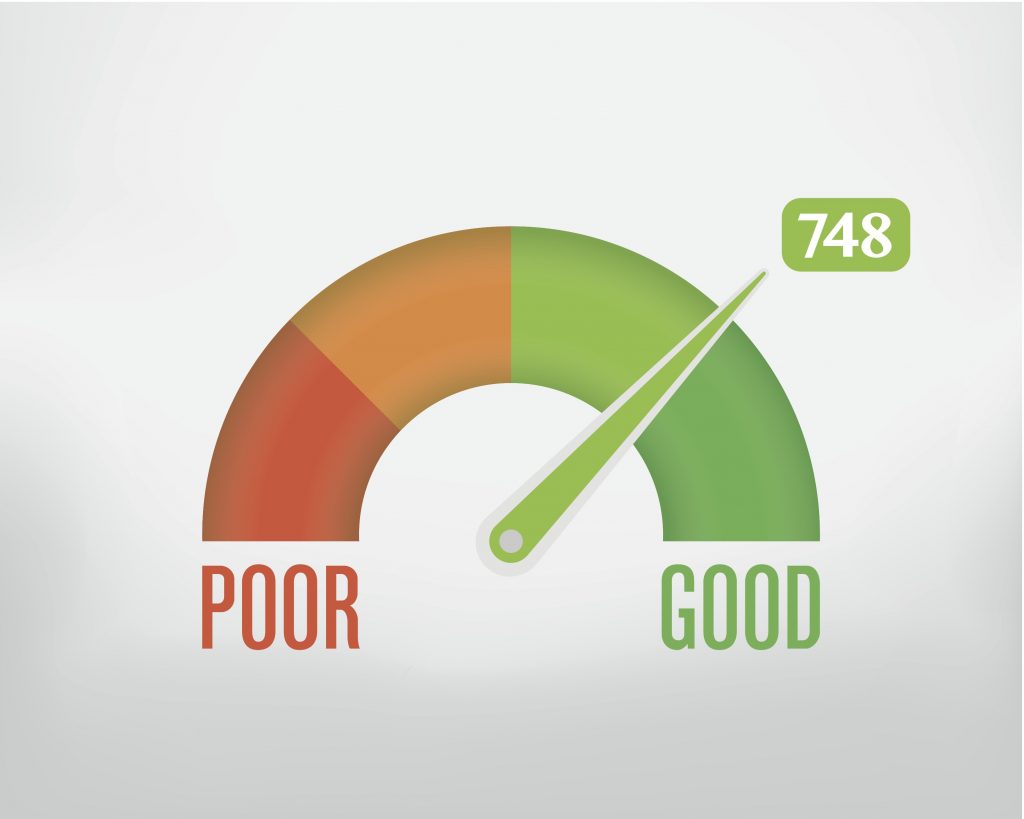 The time after college graduation can be both exciting and a bit scary. After all, it’s your time to shine and seize the opportunities that come your way. While you may feel like renting your own apartment or house is the ticket to freedom and independence, living at home can help you save money on rent and perhaps be closer to your job.
The time after college graduation can be both exciting and a bit scary. After all, it’s your time to shine and seize the opportunities that come your way. While you may feel like renting your own apartment or house is the ticket to freedom and independence, living at home can help you save money on rent and perhaps be closer to your job.
But oftentimes this method of saving money can end up making people lazy, complacent and unambitious. It’s better to set the tone for the next couple years of your life and get out of your comfort zone. Sometimes that means moving to a new city in search of a new job, new friends and a new life. If you’ve decided it’s time to take the plunge into your adult life, it’s important to become educated about which cities provide the best opportunities for recent graduates.
Here are some quick stats on the five best cities for recent college grads.
Arlington, Virginia
- Jobs in management, business, science or the arts: 67.1 percent
- Percentage of population age 20-29: 21.4 percent
- Percentage of population 25 and older with a bachelor’s degree or higher: 71.5 percent
- Rent as a percentage of income for residents 25 and older with a bachelor’s degree: 31.4 percent
- Median earnings for residents 25 and older with a bachelor’s degree: $72,406
Madison, Wisconsin
- Jobs in management, business, science or the arts: 52 percent
- Percentage of population age 20-29: 24.7 percent
- Percentage of population 25 and older with a bachelor’s degree or higher: 56.8 percent
- Rent as a percentage of income for residents 25 and older with a bachelor’s degree: 24.9 percent
- Median earnings for residents 25 and older with a bachelor’s degree: $45,176
Washington, D.C.
- Jobs in management, business, science or the arts: 60.5 percent
- Percentage of population age 20-29: 20.7 percent
- Percentage of population 25 and older with a bachelor’s degree or higher: 55 percent
- Rent as a percentage of income for residents 25 and older with a bachelor’s degree: 26.1 percent
- Median earnings for residents 25 and older with a bachelor’s degree: $62,475
Boston
- Jobs in management, business, science or the arts: 47.2 percent
- Percentage of population age 20-29: 24.8 percent
- Percentage of population 25 and older with a bachelor’s degree or higher: 46.5 percent
- Rent as a percentage of income for residents 25 and older with a bachelor’s degree: 29.1 percent
- Median earnings for residents 25 and older with a bachelor’s degree: $55,810
Minneapolis
- Jobs in management, business, science or the arts: 48.3 percent
- Percentage of population age 20-29: 22 percent
- Percentage of population 25 and older with a bachelor’s degree or higher: 48.1 percent
- Rent as a percentage of income for residents 25 and older with a bachelor’s degree: 22.4 percent
- Median earnings for residents 25 and older with a bachelor’s degree: $46,837
Keep in mind, it’s important to have a clean driving record for potential job applications. Don’t underestimate the possibility that certain jobs will require you to utilize your car during work hours. In general, it’s also important to stay safe on the road as you commute to and from work. Refresh your memory on the rules of the road.
If you find yourself grabbing a few drinks with friends after work or on the weekend, be smart about who drives. Use Uber or Lyft and eliminate the chances of getting a DUI. If you strive to maintain a clean driving record, you will — and it will save you a lot of unnecessary hassle in the future. Growing up means not only preparing for a big move, but also acting responsibly in all areas of your life.







